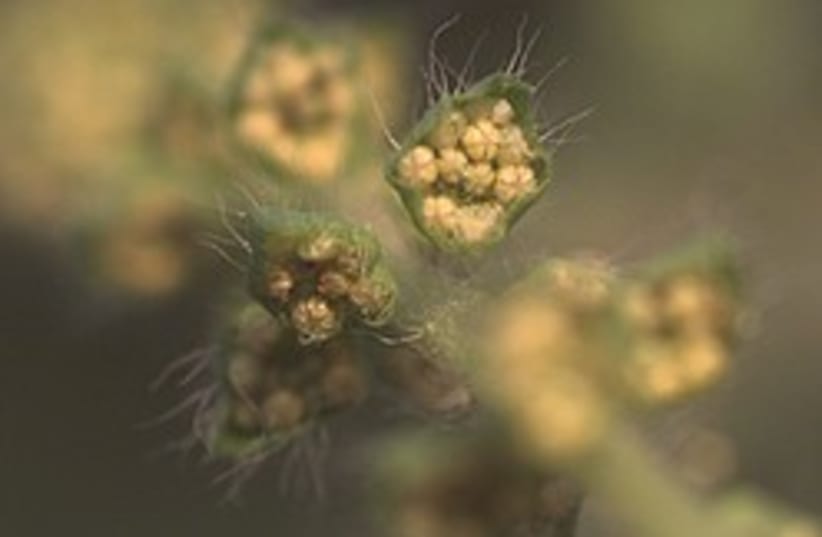Taking other factors into account, such as population density and lockdown measures, the researchers analyzed weather conditions, pollen levels, the variation level in infection rates and the total number of positive COVID tests. This analysis showed that airborne pollen can account for 44% of the variation in COVID infections rates on average. In some cases, humidity and air temperature also affected this variation, the study found.
High pollen concentrations lead to weaker immune responses, because if pollen grains are inhaled with virus particles, fewer antiviral interferons are generated in the body and the body's inflammatory response is affected, according to the study.
The study found that when no lockdown measures were in place, infection rates were 4% higher for every additional 100 grains of pollen per cubic meter of air.
In some German cities, pollen concentrations of up to 500 grains per cubic meter per day led to overall infection rates increasing by more than 20%.
The study was prompted by the fact that the outbreak of the coronavirus seemed to coincide with tree pollen season in the Northern Hemisphere.
Researchers advised that high-risk groups check pollen levels and wear dust filter masks to protect themselves.
"When studying the spread of SARS-CoV-2, environmental factors such as pollen must be taken into account," said study author Athanasios Damialis. "Increased awareness of these effects are an important step in preventing and mitigating the impact of Covid-19."
